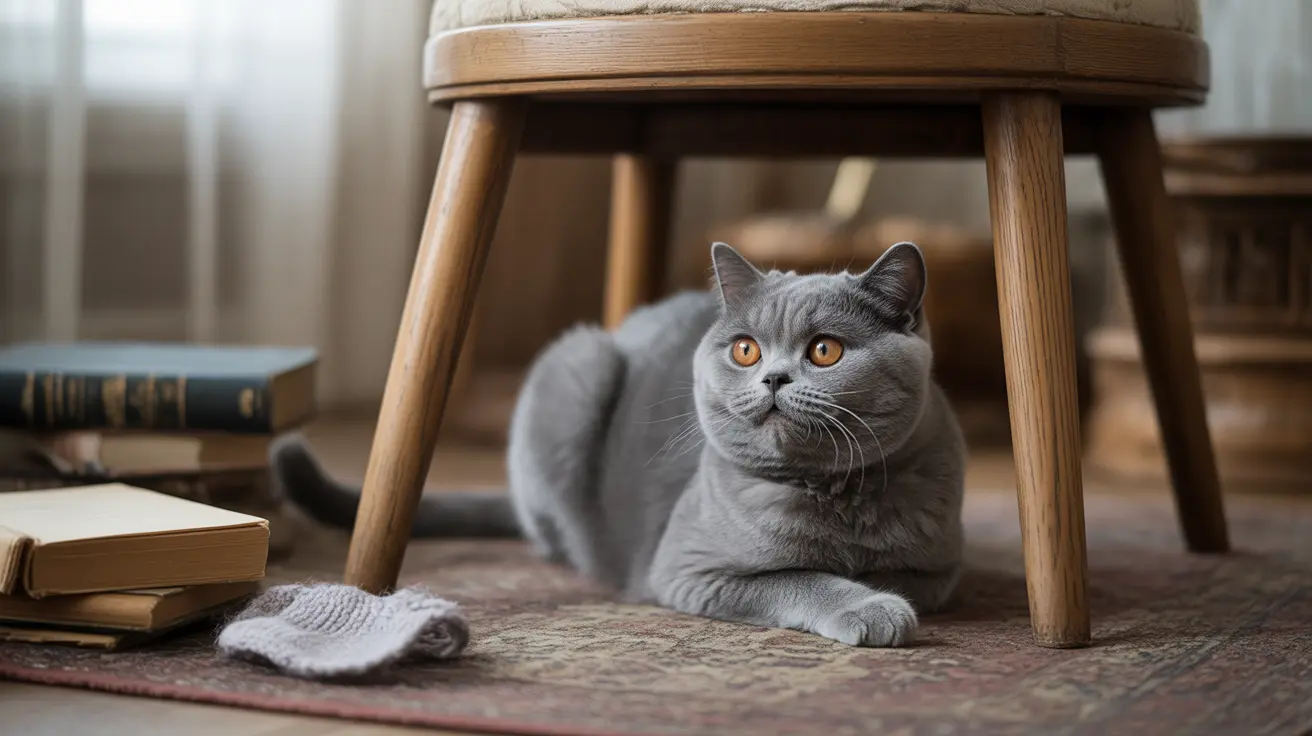As devoted cat parents, recognizing when our feline friends are stressed is crucial for their wellbeing. Cats are masters at hiding discomfort, making it essential to understand the subtle and obvious signs of feline stress. This comprehensive guide will help you identify stress signals in your cat and take appropriate action before minor issues become major concerns.
While cats are known for their independent and composed nature, they're surprisingly sensitive to changes in their environment and routine. Understanding these stress indicators can make the difference between a happy, healthy cat and one suffering from anxiety-related health issues.
Physical Signs of Feline Stress
Changes in Grooming Habits
One of the most noticeable signs of stress in cats is a dramatic change in grooming behavior. Some cats may overgroom, creating bald patches or irritated skin, while others might stop grooming altogether, leading to a matted or unkempt appearance.
Eating and Digestive Changes
Stress commonly affects a cat's appetite and digestive system. You might notice your cat eating less, refusing food entirely, or developing sudden digestive issues like vomiting or diarrhea. These symptoms should never be ignored, as they can quickly lead to more serious health problems.
Behavioral Indicators
Changes in Social Interaction
A stressed cat may become withdrawn and hide more frequently than usual. Alternatively, some cats become clingy or display unusual aggression toward family members or other pets. Pay attention if your typically social cat suddenly prefers isolation or if your independent cat becomes unusually needy.
Litter Box Issues
Stress often manifests through changes in elimination habits. Your cat might start urinating outside the litter box, spray marking territory, or display unusual litter box behavior. These changes can indicate anxiety about territory or resources.
Environmental Stress Factors
Common Triggers
- Moving to a new home
- Introduction of new pets or family members
- Changes in daily routine
- Loud noises or construction
- Limited access to resources
- Overcrowded living spaces
Creating a Stress-Free Environment
- Provide multiple litter boxes, food stations, and water sources
- Create vertical spaces and hiding spots
- Maintain consistent daily routines
- Use calming pheromone products
- Ensure quiet spaces away from household traffic
Treatment and Prevention
Professional Support
If you notice persistent stress symptoms in your cat, consult with your veterinarian. They can rule out medical conditions and recommend appropriate interventions, which might include behavioral modification, environmental changes, or anti-anxiety medications in severe cases.
Daily Management Strategies
Regular play sessions, predictable routines, and environmental enrichment can help prevent and manage stress. Consider interactive toys, puzzle feeders, and dedicated daily attention to keep your cat mentally stimulated and emotionally balanced.
Frequently Asked Questions
What are the most common behavioral signs that indicate my cat is stressed?
The most common signs include changes in grooming habits, unusual aggression or withdrawal, inappropriate elimination, excessive vocalization, and changes in eating patterns.
How can changes in my cat's body language reveal stress or anxiety?
Watch for flattened ears, dilated pupils, twitching tail or skin, excessive swallowing or lip licking, and tense or crouched postures. These subtle signs often indicate stress before more obvious symptoms appear.
What environmental factors commonly trigger stress in cats?
Common triggers include changes in routine, new pets or people, moving house, loud noises, limited resources, and changes to their territory or living space.
How can I create a stress-free environment to help my cat feel calm and secure?
Provide multiple resources (litter boxes, scratching posts, hiding spots), maintain consistent routines, create vertical spaces, use calming pheromone products, and ensure quiet areas away from household activity.
When should I consult a veterinarian about my cat's stress-related symptoms?
Consult a veterinarian if you notice persistent behavioral changes, elimination issues, aggressive behavior, significant changes in appetite or grooming habits, or any concerning physical symptoms.
Conclusion
Recognizing stress in cats requires attention to detail and understanding of their normal behavior patterns. By staying alert to these ten signs of feline stress and taking prompt action when needed, you can help ensure your cat maintains optimal physical and emotional health. Remember that early intervention is key to preventing more serious stress-related health issues in the future.






